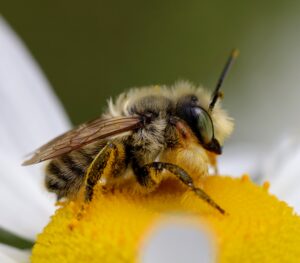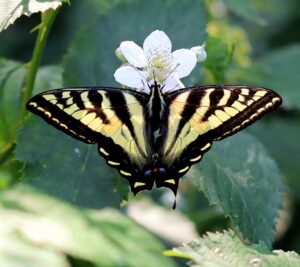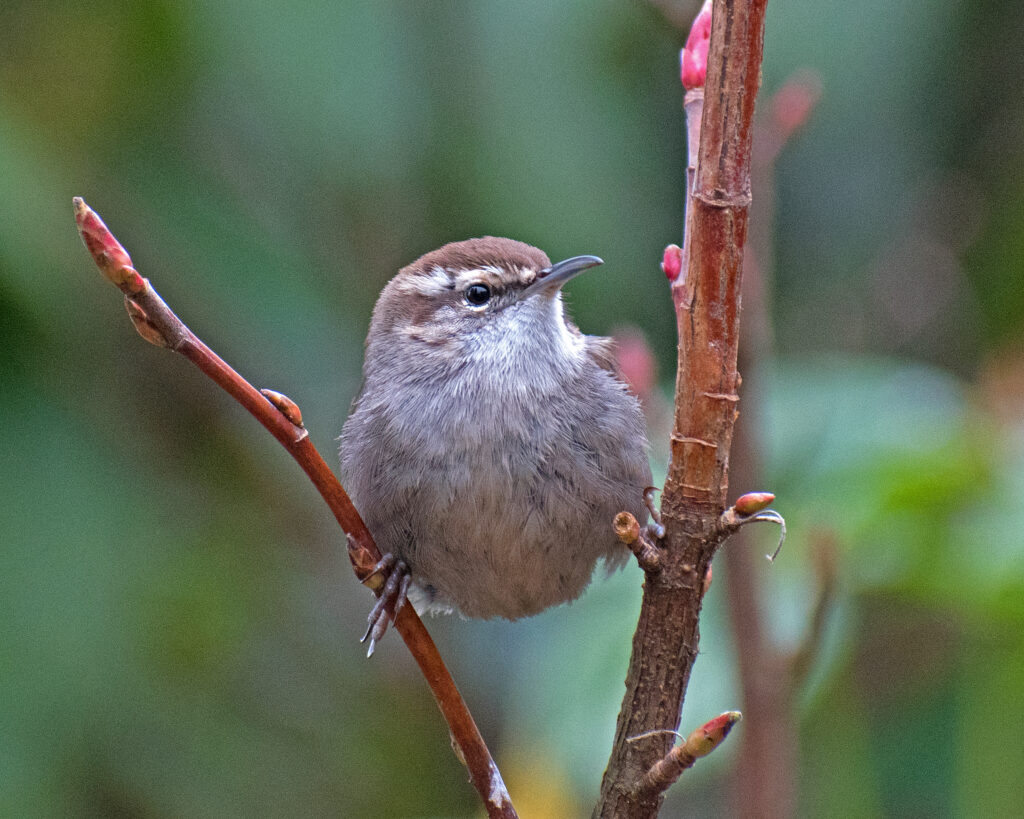Who are the Pollinators?
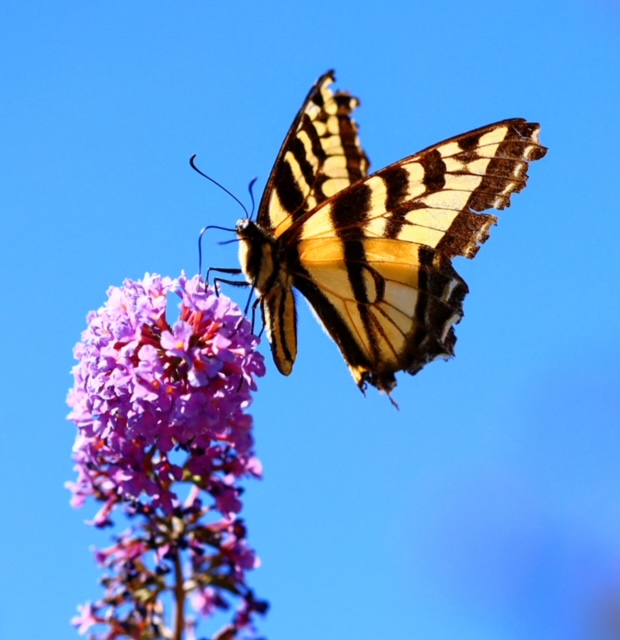
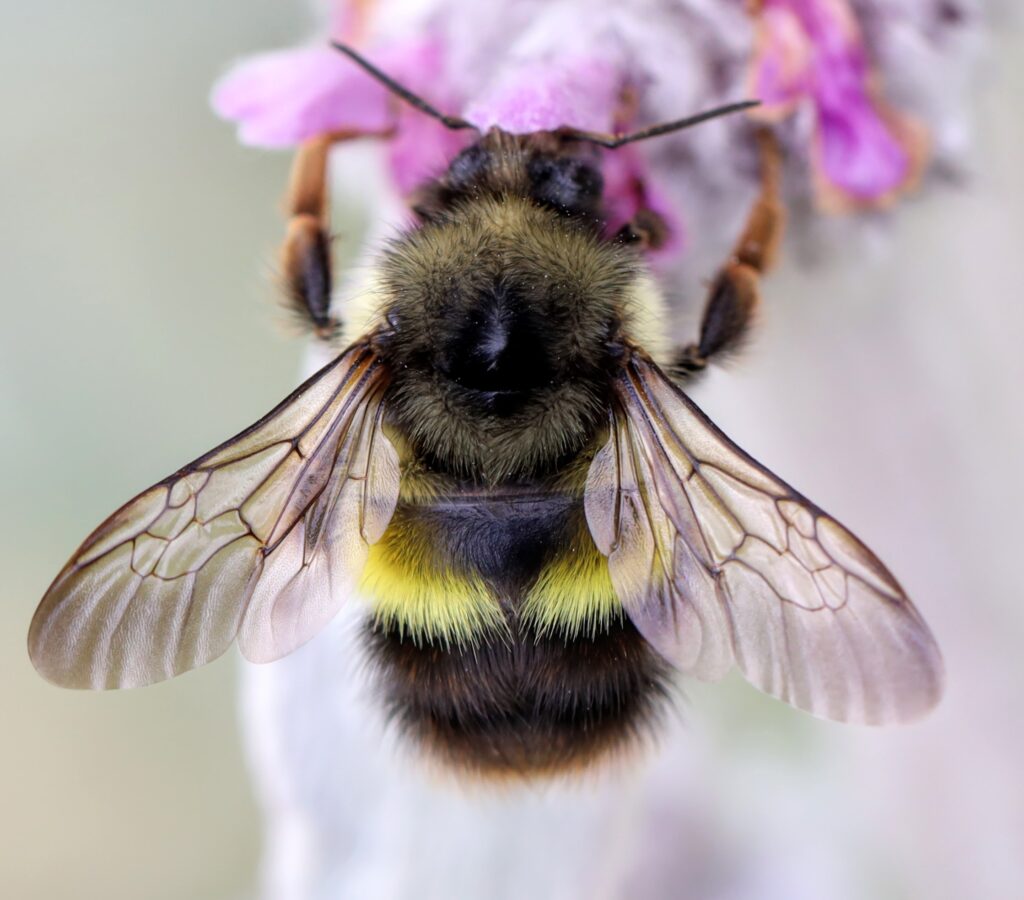
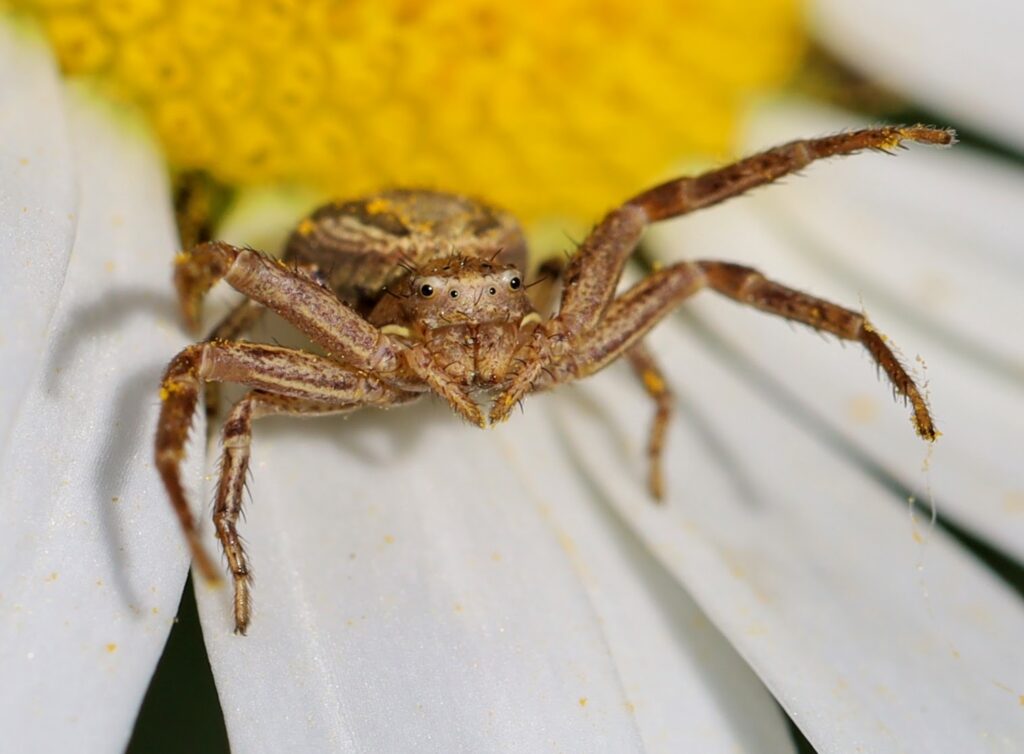
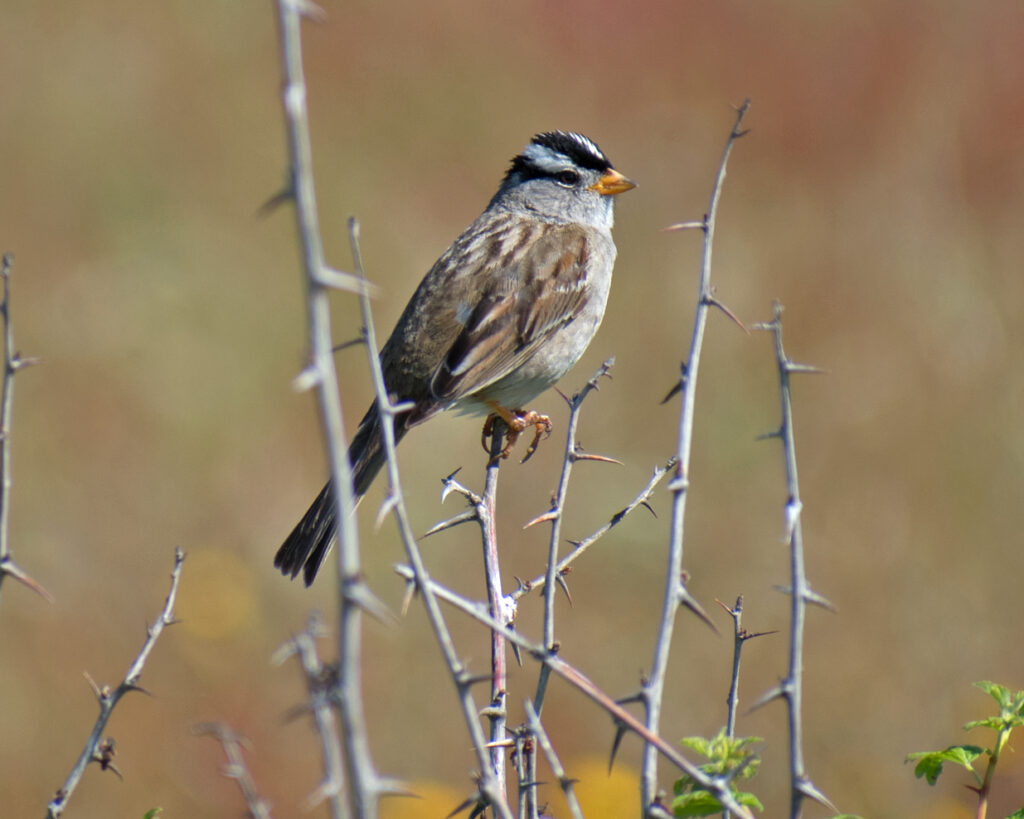
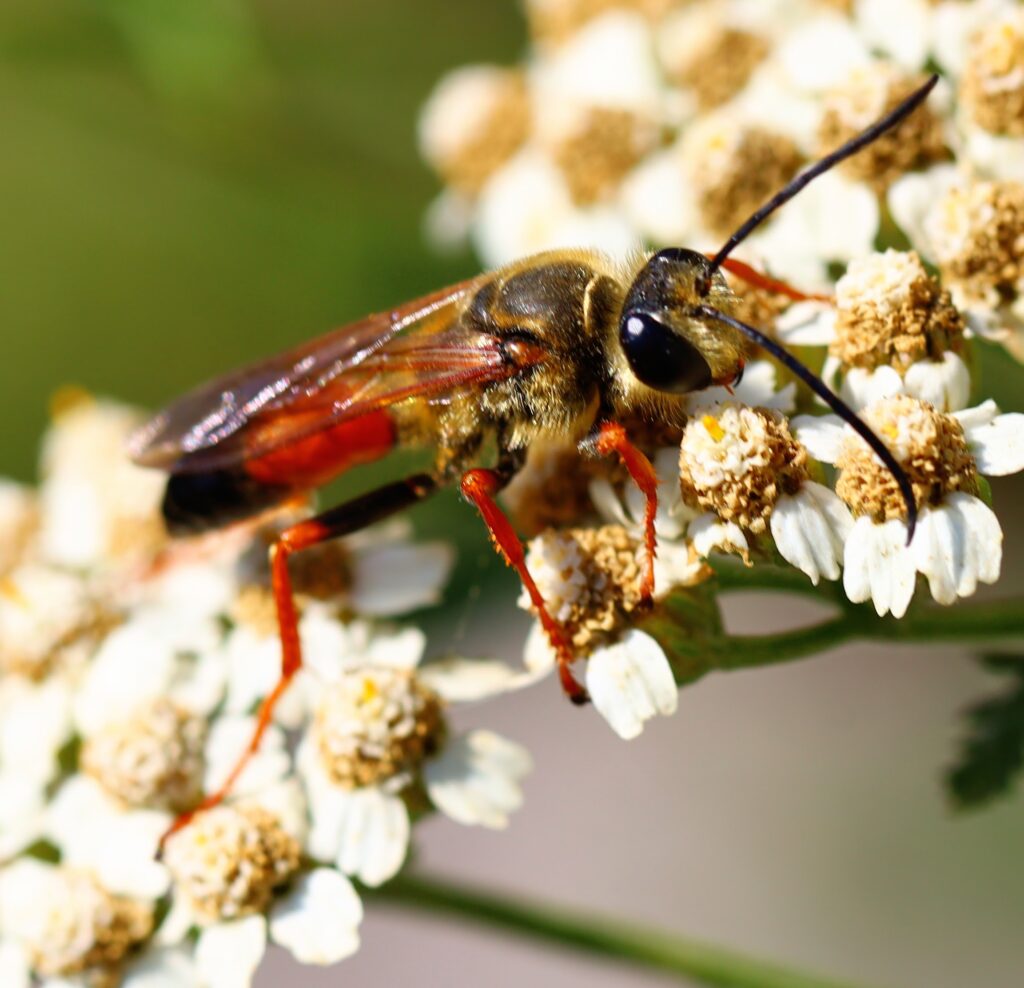
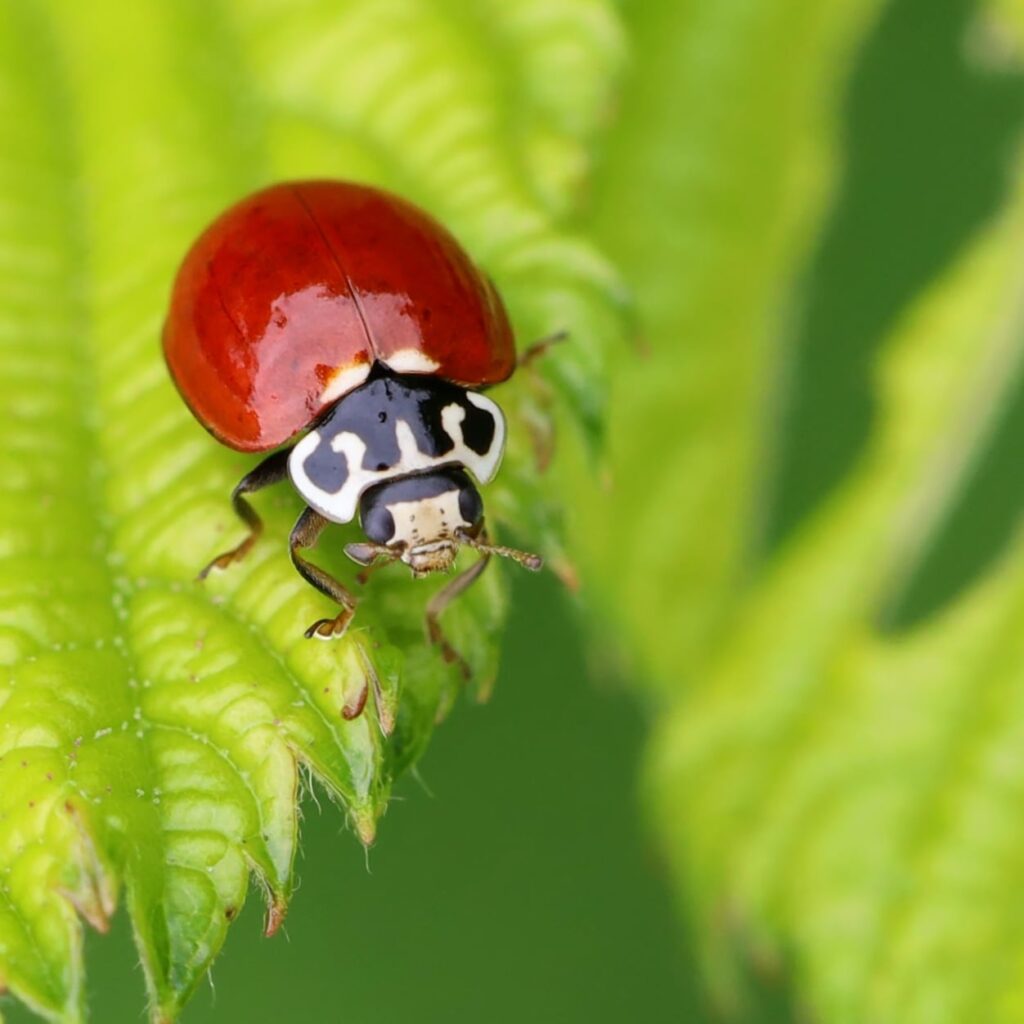
A pollinator is an animal that carries pollen from the male part of the flower (stamen) to the female part of the same or another flower (stigma). Pollination must occur for plants to become fertilized and produce fruits, seeds and young plants.
Pollinators include hummingbirds, bees, butterflies, spiders, beetles, wasps, moths, flies and bats.
Pollinators are responsible for 1 of every 3 bites of food we eat.
Pollinators are also food sources for other vital wildlife. Caterpillars, ladybugs and insects are important sources of nourishment for birds, bats and other larger pollinators.
Read more about . . .
Native Pollinators
Many of the pollinators featured here are native to the Pacific Northwest. Native pollinators are insects and animals that have evolved over time alongside plants native to a specific region. The harmony of this relationship is important because some plants are extremely picky about who pollinates them. Native pollinators do their best work with the habitats and food sources provided by native plants.
Attracting Pollinators to Your Garden
When designing and planting your pollinator garden, choose a variety of plants so that you will have blooms from spring until fall. Install native plants whenever possible and avoid using pesticides.
Follow the steps outlined in our guide to planting your pollinator garden.
Enjoy this podcast from Joe Lamp’l (aka Joe Gardener) on how to attract pollinators of native plants.
Overwintering
Where do pollinators go in the winter? Certain birds and butterflies will migrate to a warmer climate, but most pollinators prefer to stay put. And just like bears, many pollinators hibernate through the winter. How can you help them have an undisturbed rest? Read this informative article from the Xerces Society.
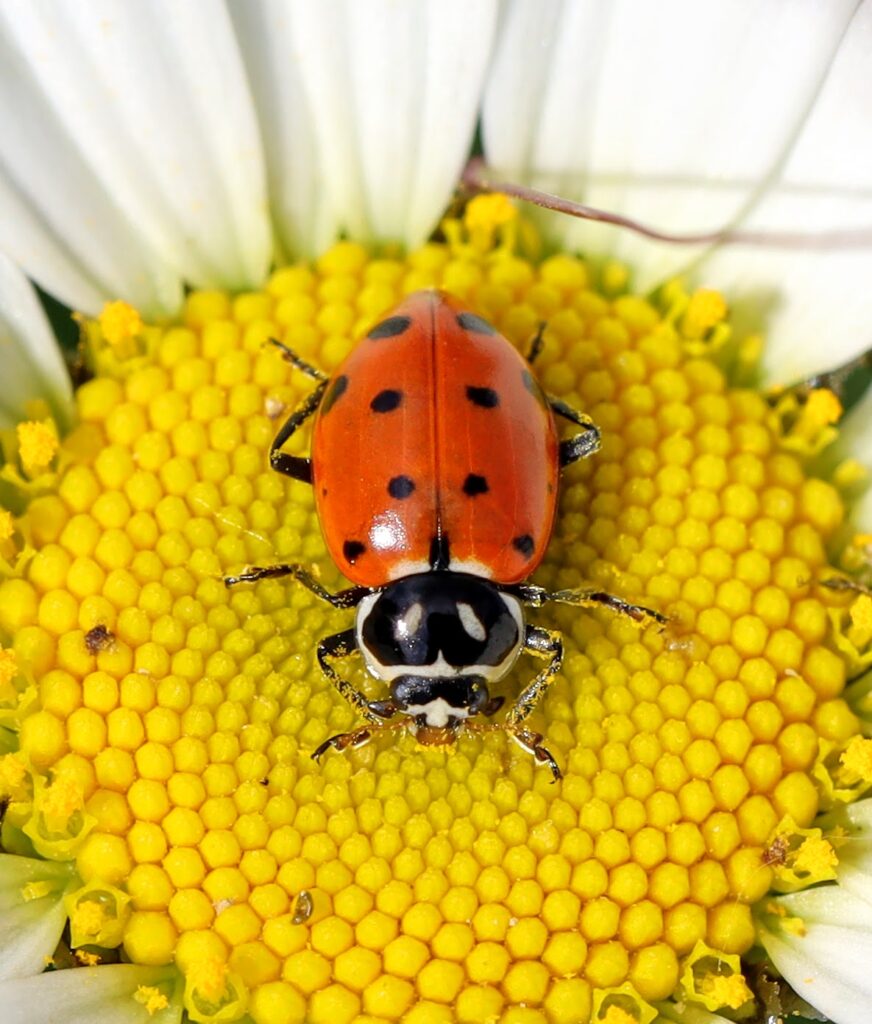
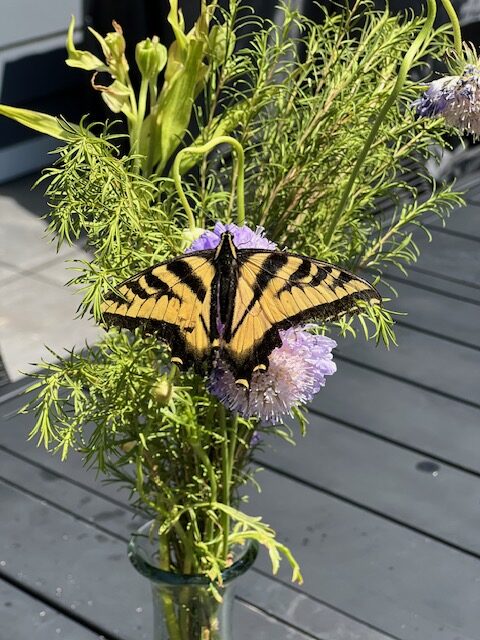
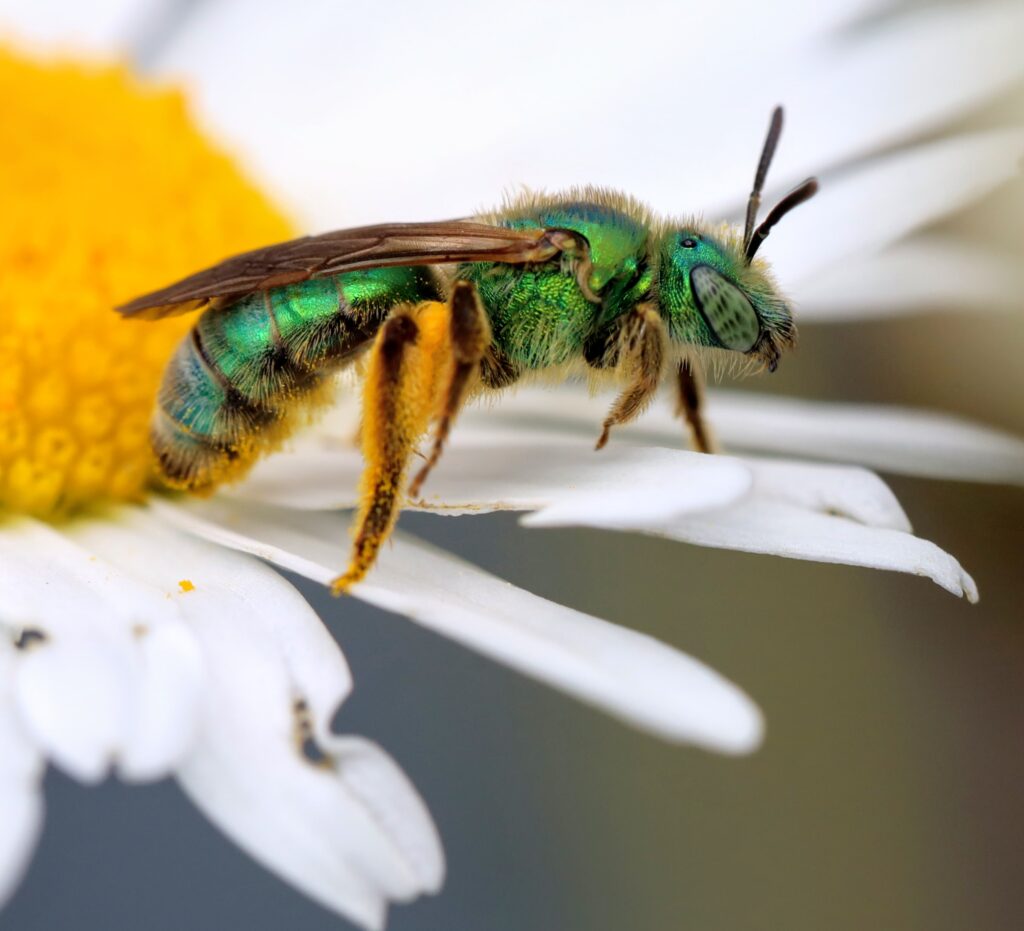
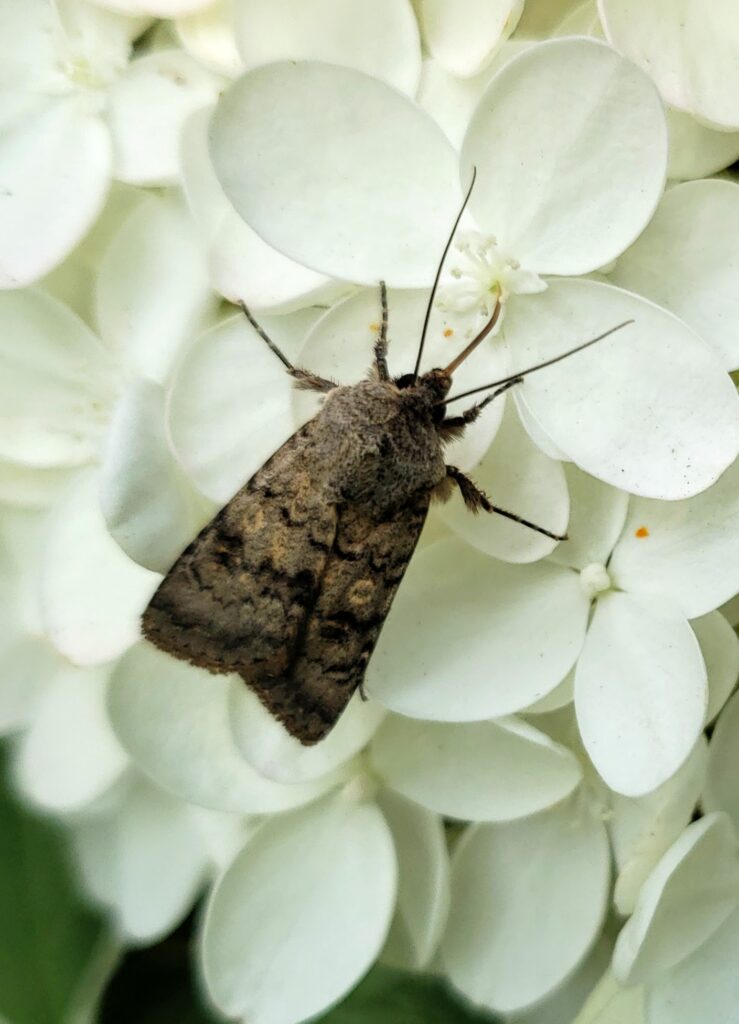

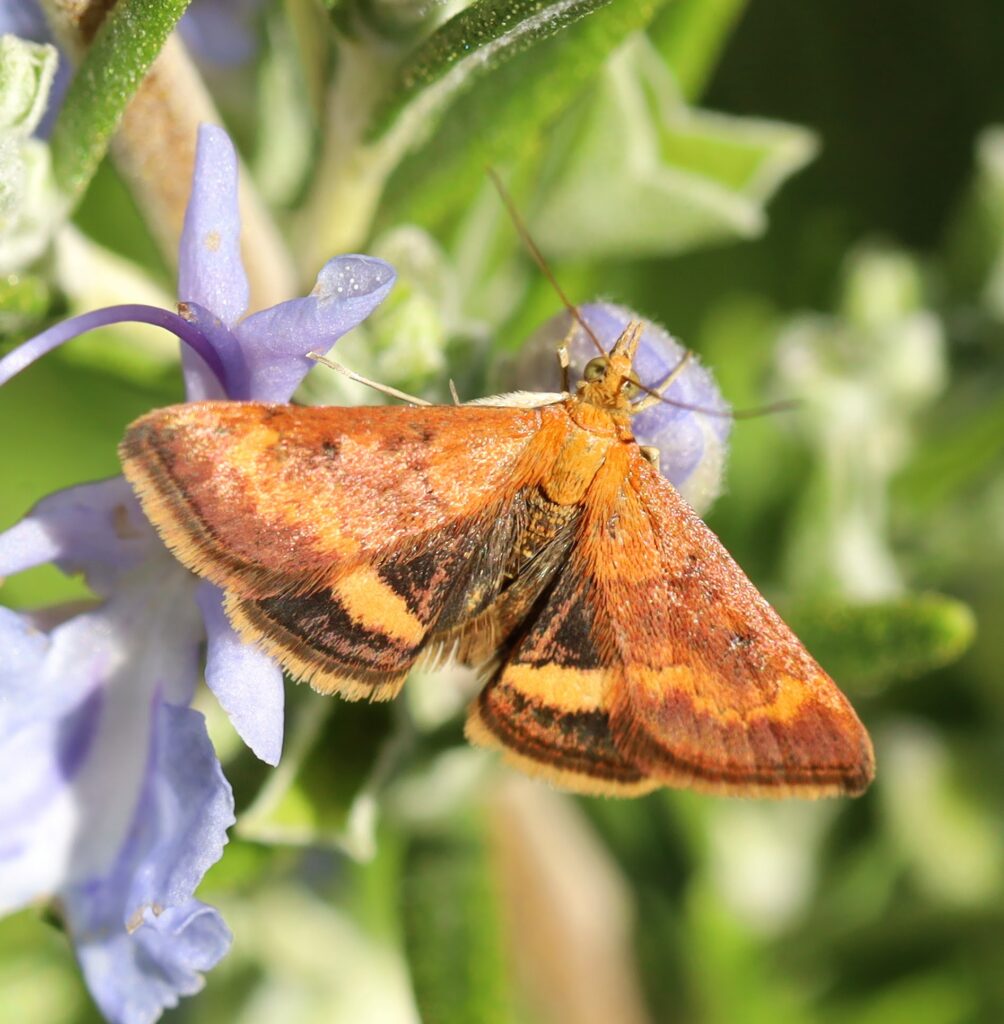

Dangers to Pollinators
Pollinators, like many animal species, suffer from habitat loss, fragmentation and degradation due to urban development.
Practices such as monocrop agriculture and pesticide use decrease the amount of healthy habitat available to pollinators.
The effects of climate change and the mismatch of bloom time, as well as home gardener pesticide use are all harmful to pollinator species.
Pesticides
Pesticide use is extremely wide spread. Pesticides are used to control disease carrying creatures such as mosquitos, ticks and rats.
Herbicides, such as Glyphosate, commonly known as Round Up, are used to kill weeds in lawns and gardens.
Unfortunately, pesticides kill far more than their intended targets. Pollinators and beneficial bugs (bugs that kill the bad bugs) are affected by the common use of pesticides. Exposure comes in a variety of ways: when pesticides land directly on pollinators; residue contact when pollinators visit flowers that have been sprayed; and when nesting habitats have been contaminated from exposure to pesticides.
At the end of the day, pesticides are unnecessary. As Tyson Kemper, Manager of Grounds and Wetland Operations at University of Washington – Bothell, says, “After managing a large public piece of land [135 Acres] for 18 years organically, I can not imagine the need of using chemicals after seeing the success we have had. Without a doubt, it is possible to do.”
Unfortunately, pesticides kill far more than their intended targets. Pollinators and beneficial bugs (bugs that kill the bad bugs) are affected by the common use of pesticides. Exposure comes in a variety of ways: when pesticides land directly on pollinators; residue contact when pollinators visit flowers that have been sprayed; and when nesting habitats have been contaminated from exposure to pesticides.
At the end of the day, pesticides are unnecessary. As Tyson Kemper, Manager of Grounds and Wetland Operations at University of Washington – Bothell, says, “After managing a large public piece of land [135 Acres] for 18 years organically, I can not imagine the need of using chemicals after seeing the success we have had. Without a doubt, it is possible to do.”
Climate Change
One of the greatest dangers to pollinators is climate change. Warming temperatures cause blooming seasons to change. When bees emerge from hibernation, the flowers they rely on for food have often already bloomed and died. Wildfires and floods destroy nesting habitats and food sources.
About our pollinator photographers
Tina LaBonte [@la4bonte] is a local amateur photographer who takes incredible pictures of native pollinators in their habitats. Enjoy more of Tina’s amazing work on Instragram.
Chris Breum is a member of Pollinator Pathway NW. Chris takes beautiful up-close-and-personal pictures of pollinators and records the progress in our demonstration garden at 21 Acres.
Bill McClain is an author, photographer and gardener, and a member of Pollinator Pathway NW. Bill publishes our monthly newsletter, Pollinator Posts. See his work at WilliamMcClainWriter.com.

